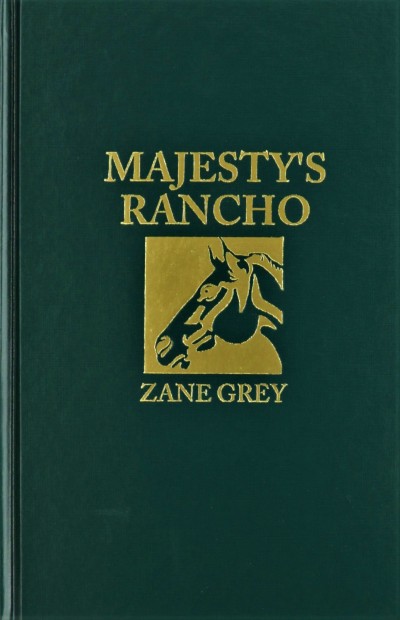“The Truth of We”
“We speak the Truth, and the Truth speaks Us,
We live by the covenants, We abide by the Words.
That none may laugh until All can laugh,
That All sleep on dirt until none sleep on dirt.
Dirt is Our birthright. Hardship is Our glory.
Hardship strengthens Us. Hunger feeds Us.
The Known is All. The new is Willful.
Welcome Pain. Pain is Knowledge. We are WE.
Self is selfish. One is none.
All are All. We are We.
Each flesh belongs to All.
Each thought belongs to All.
Children are duty. All tend All.
Duty is life. Life is dying. Dying is duty.
We die for Duty. We are WE.
Within Each hides Evil. Be All, not Each.
In Aloneness is Willfulness. We will never be Alone.
We share, We do not own.
Property is an abomination.
Beauty is property. Property is crime.
Passion is property. Property is crime.
Love is property. We out love and lovers.
Secrets are property. We out secrets and secret-keepers.
All is Sharing. Sharing is Duty.
We serve Sharing. We are WE.
We speak the Truth, and the Truth speaks Us.
We live by the covenants, We abide by the Words.
The Will of All is all of Will. We are WE.” (Kindle Loc 307-339)
Since 1991 Lisle has published all kinds of writing from writing classes, short stories, poetry, novels (sci-fi & fantasy) and co-written material. I own many of the stories and have enjoyed the ones I have read, including Born From Fire.
Born From Fire is a 102 pages long science fiction novella. It is episode 1 of the Chronicles of Longview serial (i.e. not stand-alone). Its title suits the story well and has both a literal and figurative meaning. Born From Fire does not seem to have a particular age group in mind. There is no recognizable swearing, some violence and no sex.
DOWN THE DARKNESS, down the line of standing cells, three words rippled urgently and under breath. “Death Circus here!”
In the dark, this criminal had waited long and longer for death to come. This criminal could not lie down, could not sit down—its captors had made certain its cell, and the cells of the others like it, permitted only standing.
With its bandaged knees pressed into one corner, its spine jammed into the other, this criminal drifted in that lightless place, never certain whether it was waking or dreaming. When it ate, it ate maggots. When it dreamed of eating, it dreamed of maggots. When it pissed or shit, it pissed or shit down its legs. When it dreamed, it dreamed of the same. (Kindle loc 37-44)
“It” or We-39R is a member of a People’s Home of Truth and Fairness (PHTF) settlement. These settlements are owned by the PHTF franchise and run by Speakers for We. As long as leaders of the various planets in the Longview universe do not execute their citizens, they may do as they wish with their people. PHTF franchises are the worst places to live for everyone but Speakers. We-39R earned the death penalty for Willfulness. However his death was delayed since executions must be carried out by Death Circuses, i.e. space ships travelling from collection point to collection point buying Class A (at least 30%) and Class B (at least 10%) prisoners.
The Longview is the biggest and most expensive Death Circus. It has the best salaries, the most extensive training for its crew and even offers investment incentives. More Class B prisoners are bought by them than by other circuses and it sells the fewest prisoners, yet it makes more money than any other Death Circus.
Crew members begin as Provisional Crew Three Green. Once a person is hired on, they become Crew Three Green and advance up through Crews Two and One. Each crew is colour-graded from Green to Blue to Silver to Gold.
Born from Fire is told from three points of view, i.e. We-39R, Kagen (Crew Three Gold) and Melie’s (Crew Two Gold). The first half of the novella switches between We-39R and Kagen, the second switches between Kagen and Melie. Lisle handles the transitions well. The greatest differences lie between We-39R and the other two, however I do not think I could mistake Kagen for Melie (or vice versa). Since we see so much less from Melie’s perspective, she is less well-defined than the other two. All three are easy to sympathize with and their worldviews and reactions are believable. Our antagonist is less easily spotted. There is Mash, of course, but he is not the main one. That spot goes to the meta-entity that the Pact Worlds make up.
Freedom of choice and responsibility for the consequences is a theme that runs through the entire serial. Anything that might lead to the slave conditions of the PHTF worlds is seen as something to fight against. At the end of my Kindle copy Lisle explains how she built a model of The Longview on Minecraft before writing about it. I appreciate her geekiness and as a reader I get to enjoy her dedication to detail when she takes us through parts of the ship. Both the world-building and plot are interesting, well written, detailed and dark. I liked Born From Fire and recommend it.

































